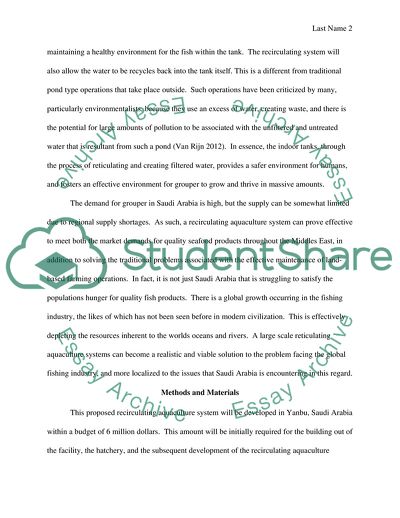Cite this document
(Recirculating Aquaculture Systems for E Coioides in Arid Areas Thesis Proposal, n.d.)
Recirculating Aquaculture Systems for E Coioides in Arid Areas Thesis Proposal. https://studentshare.org/biology/1864511-recirculating-aquaculture-systems-for-ecoioides-in-arid-areas
Recirculating Aquaculture Systems for E Coioides in Arid Areas Thesis Proposal. https://studentshare.org/biology/1864511-recirculating-aquaculture-systems-for-ecoioides-in-arid-areas
(Recirculating Aquaculture Systems for E Coioides in Arid Areas Thesis Proposal)
Recirculating Aquaculture Systems for E Coioides in Arid Areas Thesis Proposal. https://studentshare.org/biology/1864511-recirculating-aquaculture-systems-for-ecoioides-in-arid-areas.
Recirculating Aquaculture Systems for E Coioides in Arid Areas Thesis Proposal. https://studentshare.org/biology/1864511-recirculating-aquaculture-systems-for-ecoioides-in-arid-areas.
“Recirculating Aquaculture Systems for E Coioides in Arid Areas Thesis Proposal”. https://studentshare.org/biology/1864511-recirculating-aquaculture-systems-for-ecoioides-in-arid-areas.


